
US Navy 32-Pounder of 42 Hundredweight Number 283
A US Navy 32-Pounder of 42 Hundredweight, Number 283, is displayed aboard USS Cairo at Vicksburg National Military Park. This cannon was cast in 1845 at the West Point Foundry. It is marked as weighing 42-1-11 Hundredweight (4,743 pounds). It was recovered in 1963 as preparatory work to recover the sunken USS Cairo in 1964.

The Guns of USS Peterhoff at Fort Fisher
Four US Navy cannons recovered from the wreck of the Civil War ship USS Peterhoff are currently in storage awaiting future display at Fort Fisher State Historic Site. The four cannons include three types of 32-Pounder and a 30-Pounder Parrott Rifle.

US Navy 32-Pounders of 57 Hundredweight in Quincy, Massachusetts
Four US Navy 32-Pounders of 57 Hundredweight surround a monument to those lost in the American Civil War in Mt. Wollaston Cemetery in Quincy, Massachusetts.
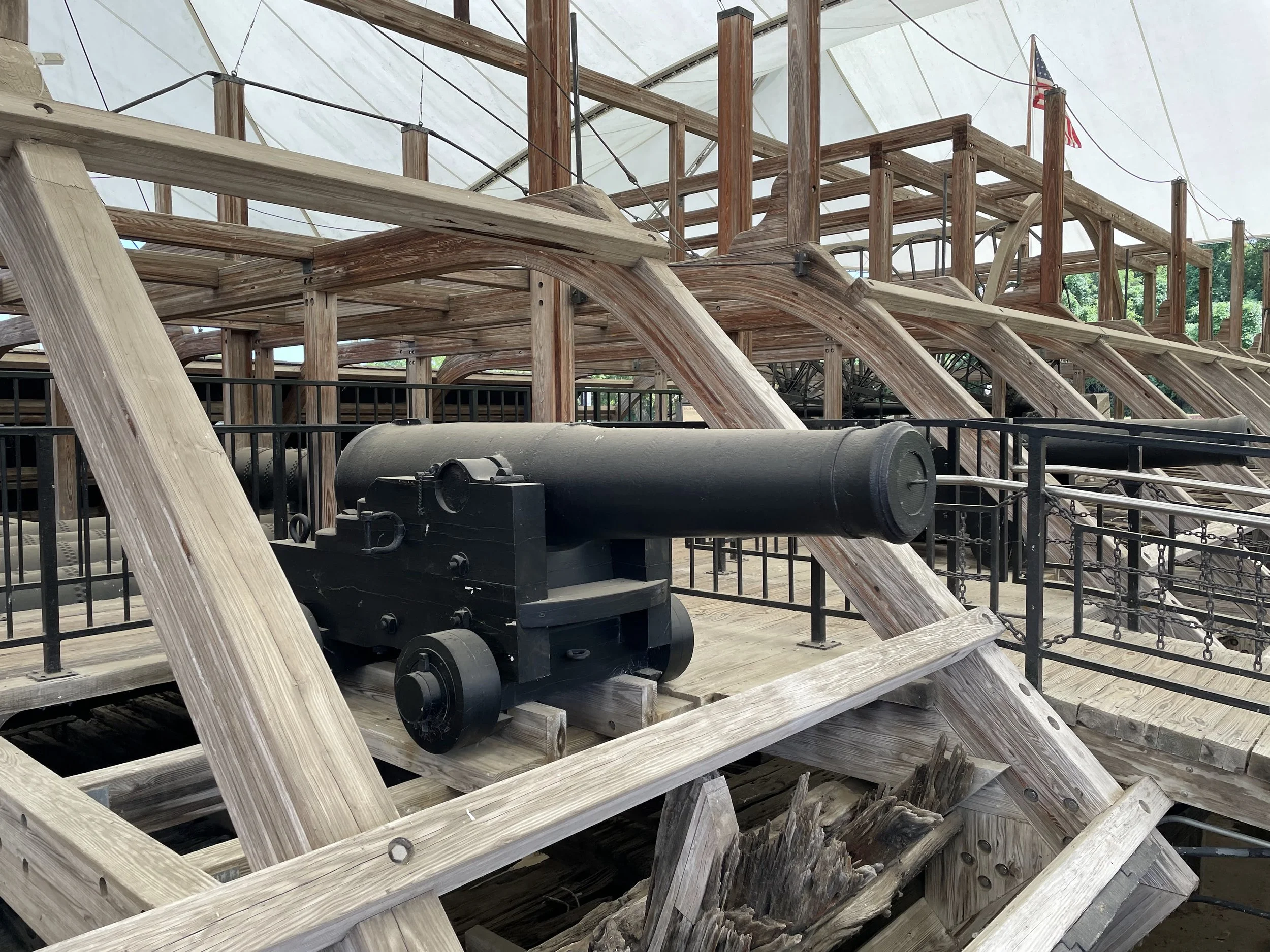
US Navy 8-Inch Chambered Shell Gun of 63 Hundredweight Number 358 of USS Cairo
US Navy 8-Inch Chambered Shell Gun of 63 Hundredweight Number 358 is displayed aboard USS Cairo at Vicksburg National Military Park. It is mounted on the port broadside in the second position from the bow. Number 358 is one of three of the 8-Inch shell guns aboard. Number 358 was cast at the West Point Foundry in 1845. It is marked as weighed in hundredweight "63-0-18" (7,074 pounds).

US Navy 32-Pounder of 32 Hundredweight of USS Pennsylvania
A US Navy 32-Pounder of 32 Hundredweight which was recovered from the wreck of USS Pennsylvania is displayed in Trophy Park in Norfolk Naval Shipyard.

The 32-Pounders of 57 Hundredweight of Stoneham, Massachusetts
The monument to Civil War soldiers and sailors in Lindenwood Cemetery in Stoneham, Massachusetts is surrounded by four US Navy 32-Pounders of 57 Hundredweight.
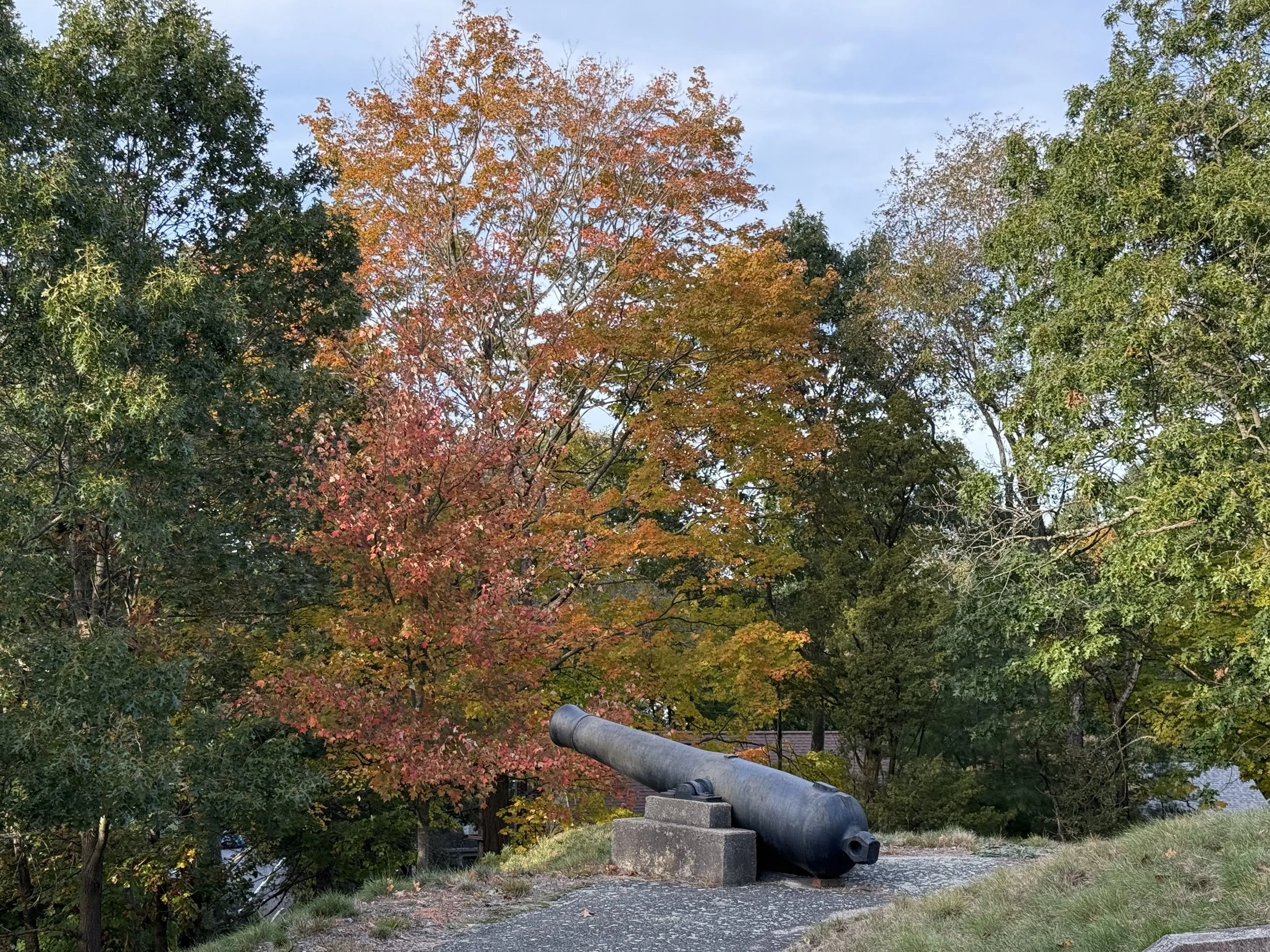
The 32-Pounders of Old North Cemetery, Weymouth
Four US Navy 32-Pounders of 51 Hundredweight surround a Monument dedicated to the Soldiers and Sailors of Weymouth, Massachusetts who died during the American Civil War. The monument was dedicated in 1868 and lists each man by his unit and the circumstances of his death. The fearsome toll taken by disease during the war can clearly be seen etched in stone. The cannons were likely placed later in the 19th century.
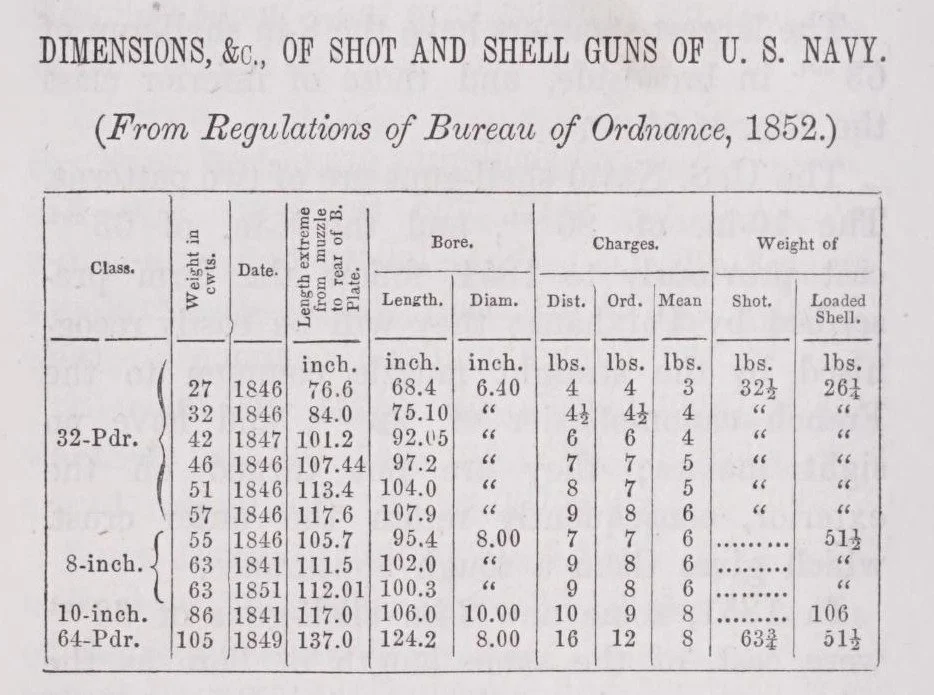
US Navy Ordnance of the 1845/1846 System
In May of 1845, a board of US Navy Captains recommended a system of ordnance for the navy. Their report called for the Navy to standardize on the 32-Pounder. The deficiencies of this system would cause John Dahlgren to design a replacement - which became the Dahlgren guns with which the US Navy fought the American Civil War.
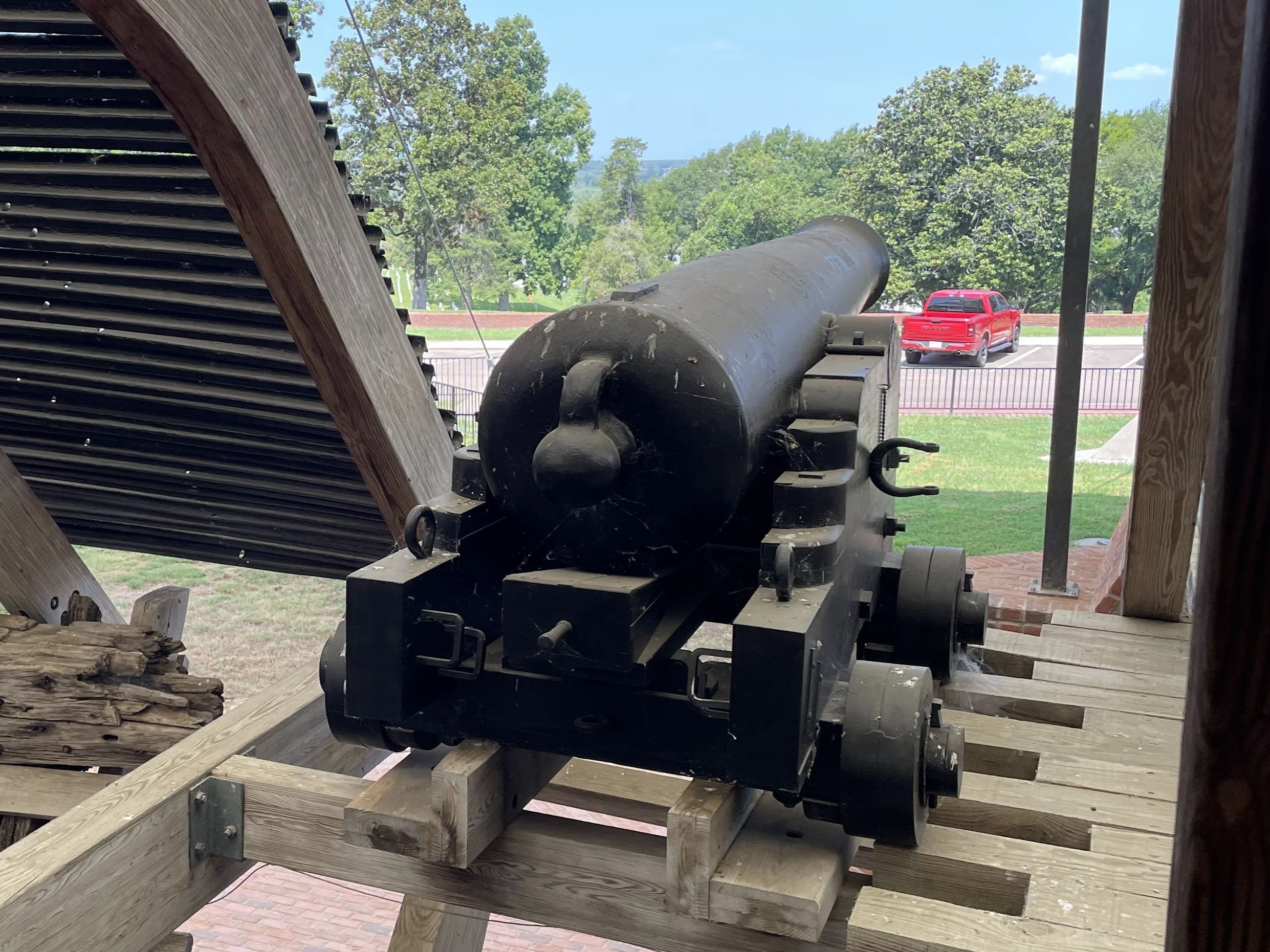
The US Army 42-Pounders of USS Cairo
The US Army 42-Pounders are displayed aboard USS Cairo in Vicksburg, Mississippi. One is a Pattern 1831 and two are Pattern 1845. All three were rifled for service during the American Civil War.
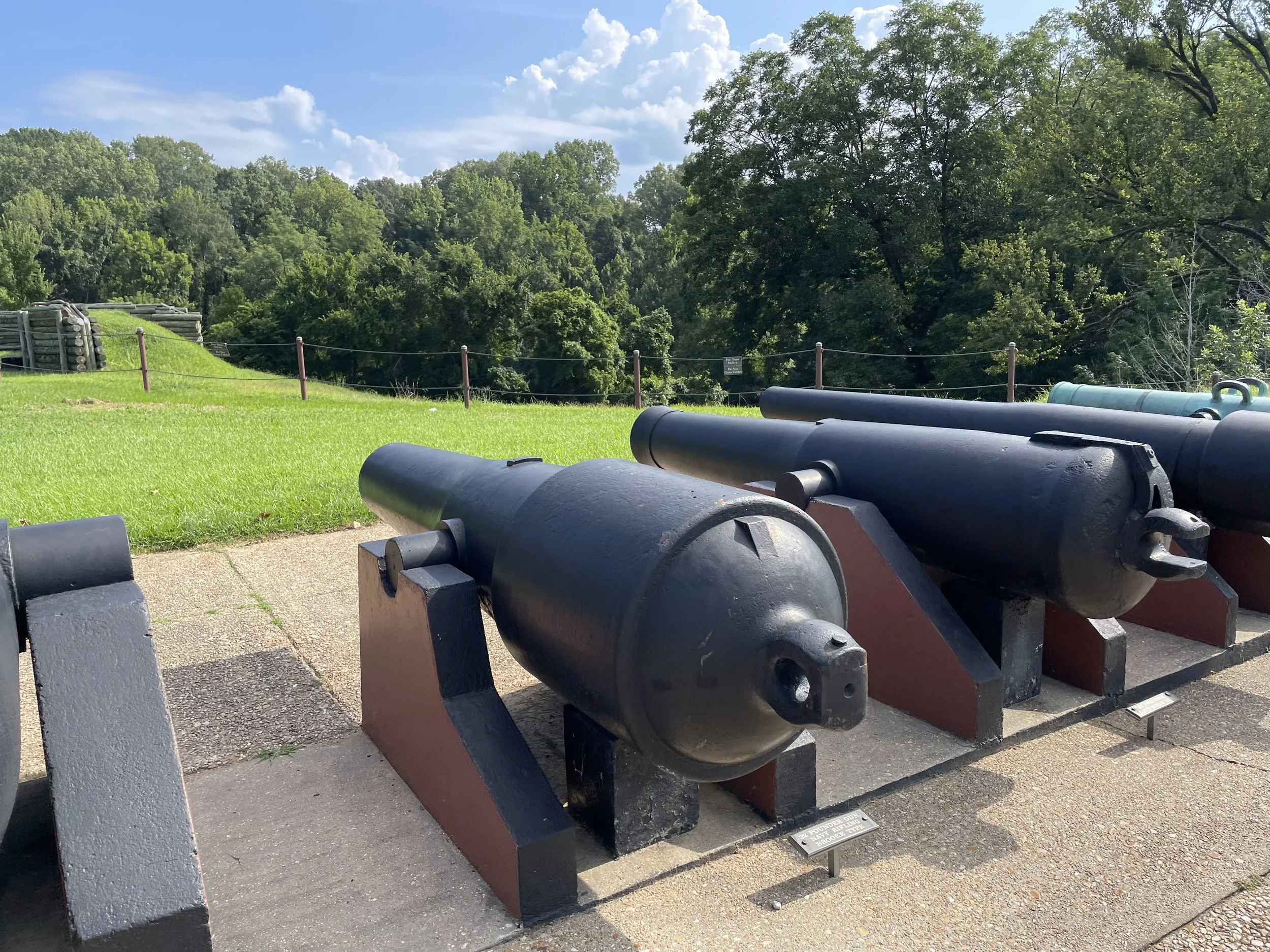
32-Pounder of 57 Hundredweight at Vicksburg
A US Navy 32-Pounder of 57 Hundredweight is displayed on “Cannon Row” at Vicksburg. It’s form present state points to an active career. It was cast as USN Registry Number 647 by Bellona Foundry near Richmond in 1849. During the Civil War it was rifled and banded by the Confederates. It’s muzzle was damaged and then shortened.
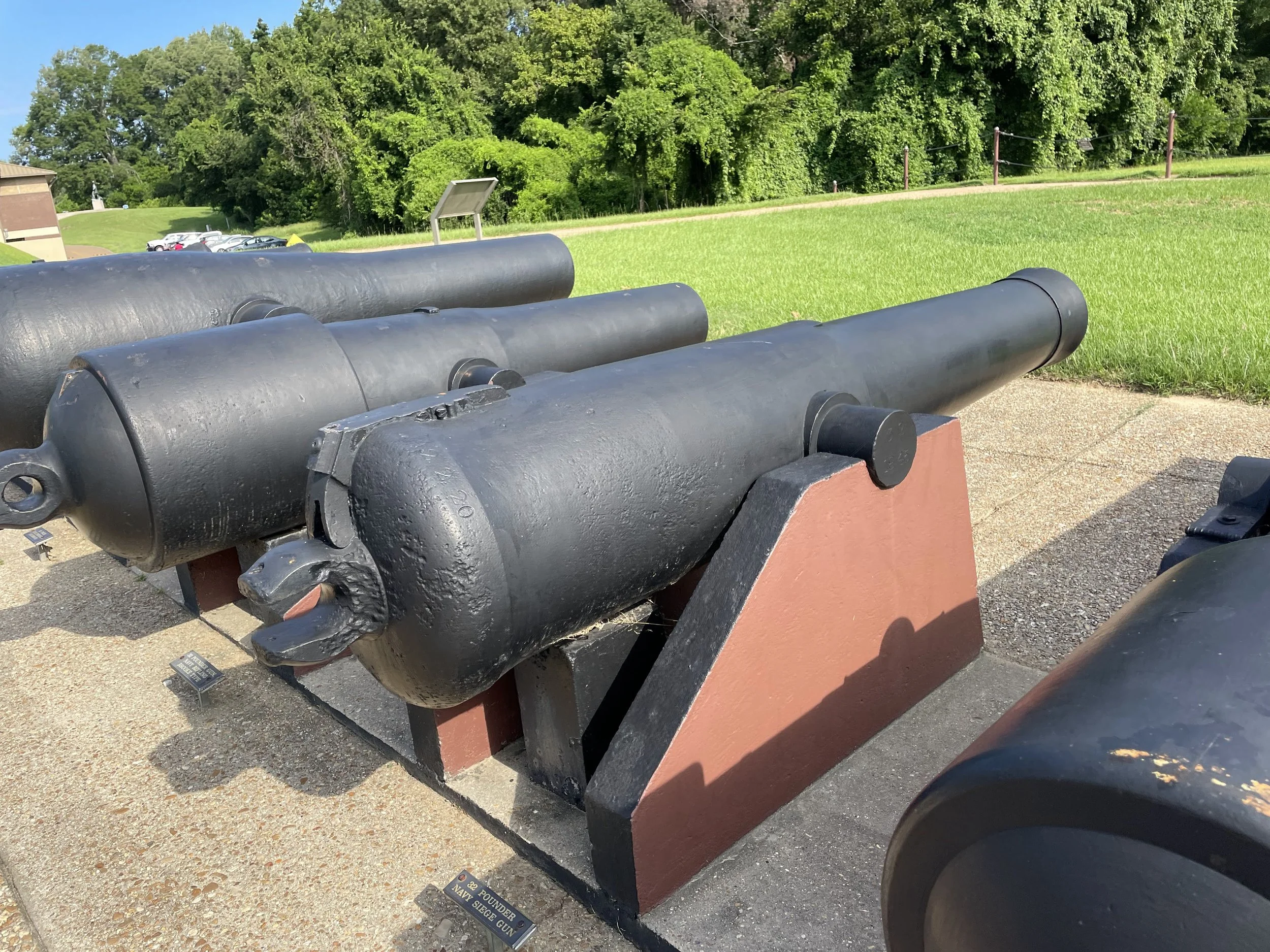
US Navy 32-Pounder of 42 Hundredweight Number 244 at Vicksburg
A 32-Pounder of 42 Hundredweight, US Navy Registry Number 244, is displayed on “Cannon Row” at Vicksburg National Military Park. This cannon was manufactured at Fort Pitt Foundry in 1845. It is marked as weighing 42-2-20 (or 4,780 pounds). Six similar cannons can be seen mounted on USS Cairo, also at Vicksburg. Together, the seven examples at Vicksburg form a majority of the known examples of the type.
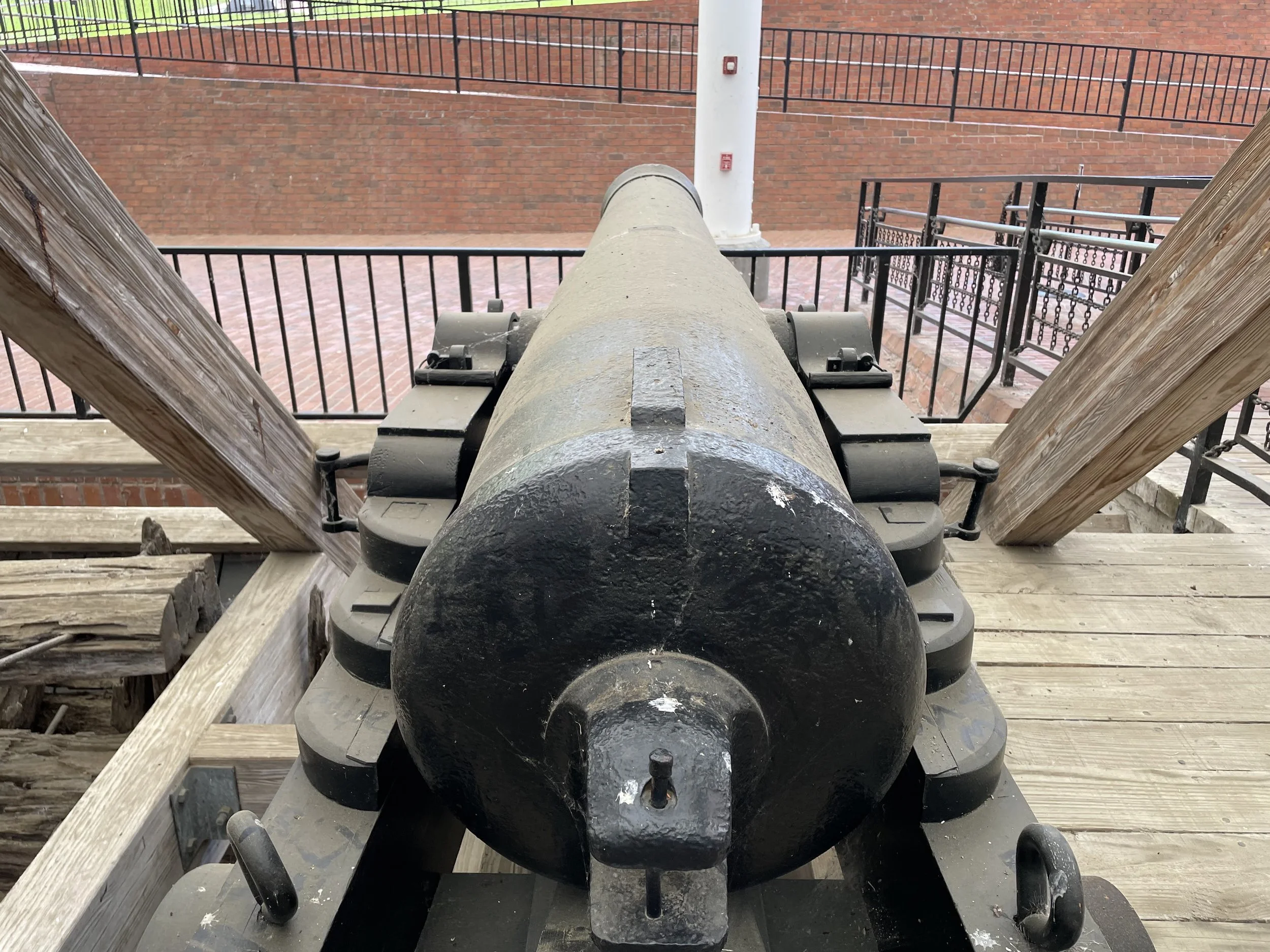
US Navy 32-Pounder of 42 Hundredweight Number 230 of USS Cairo
A US Navy 32-Pounder of 42 Hundredweight, Number 230, is displayed aboard USS Cairo at Vicksburg National Military Park. This cannon was cast in 1845 at the Fort Pitt Foundry. It is marked as weighing 42-1-18 Hundredweight (4,750 pounds). It was recovered with the sunken USS Cairo in 1964.
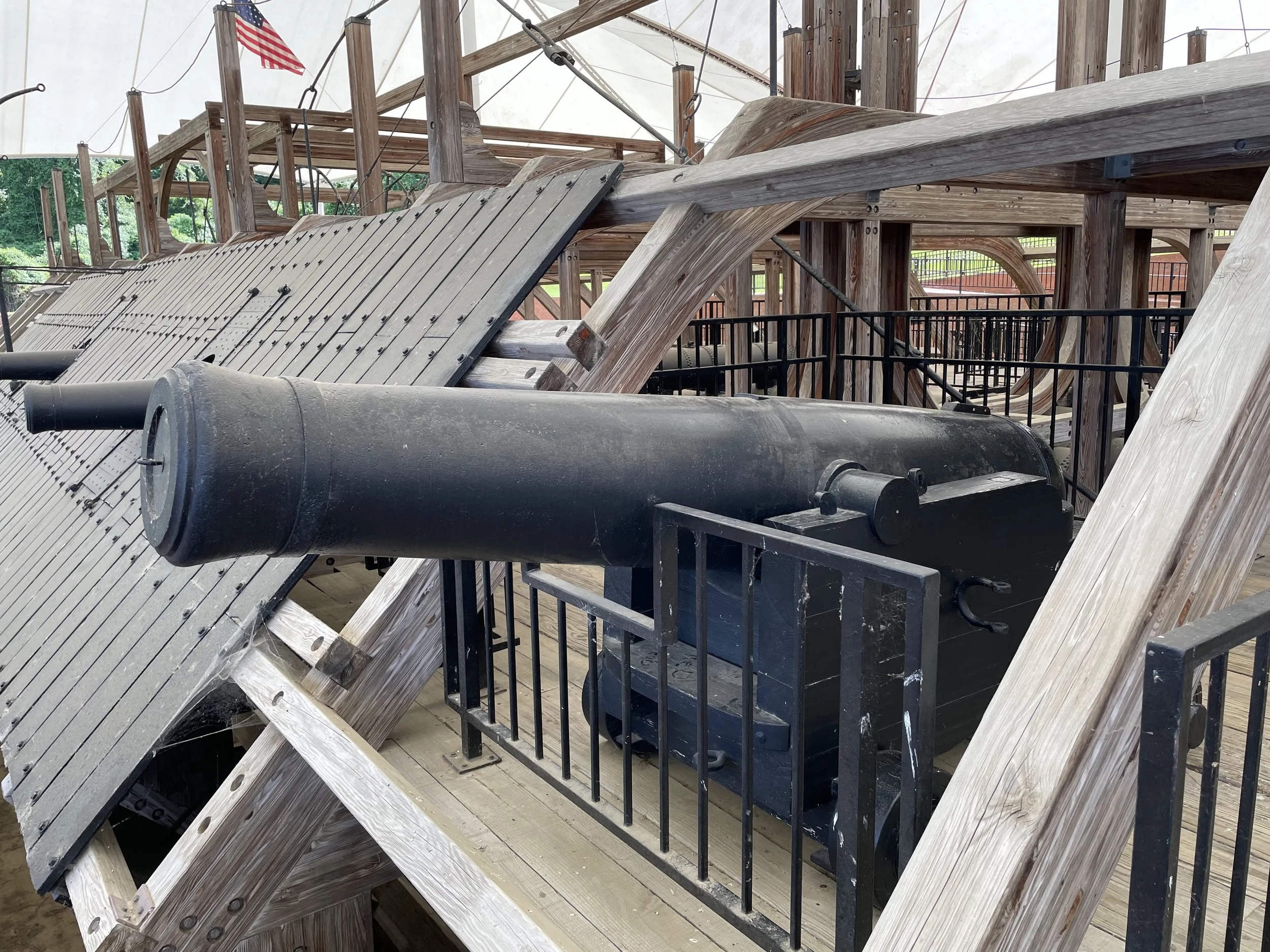
US Navy 8-Inch Chambered Shell Gun Number 348 on USS Cairo
US Navy 8-Inch Chambered Shell Gun of 63 Hundredweight Number 348 is displayed aboard USS Cairo at Vicksburg National Military Park. Number 348 is one of three of the 8-Inch shell guns aboard. Number 348 was cast at the Fort Pitt Foundry in 1845. It is marked as weighed in hundredweight "64-0-8" (7,176 pounds).

The 32-Pounder of 32 Hundredweight at Petersburg
A 32-Pounder of 32 Hundredweight of the type manufactured for the US Navy beginning in 1846 for use as the main battery aboard smaller sloops is displayed at Petersburg National Battlefield. The 32-Pounder of 32 Hundredweight is a chambered cannon - meaning the chamber in the barrel where the propellant charge is placed is of smaller diameter than the 6.4-Inch diameter of the main portion of the barrel.
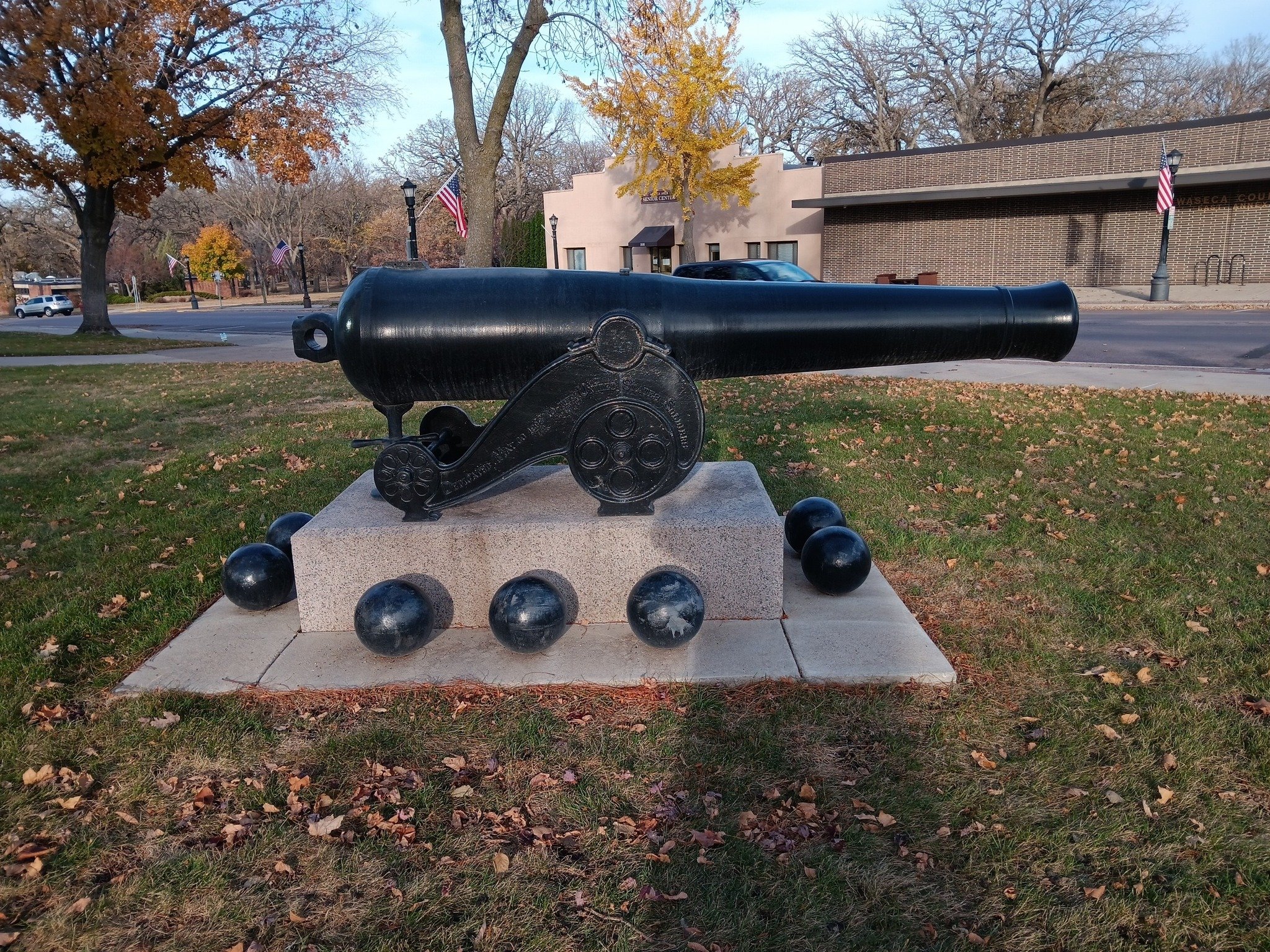
The 32-Pounder of 51 Hundredweight in Waseca, Minnesota
A 32-Pounder of 51 Hundredweight is displayed in Waseca, Minnesota. This type of cannon was used a chase gun on the upper decks of heavy frigates and ships of the line of the United States Navy prior to the American Civil War.